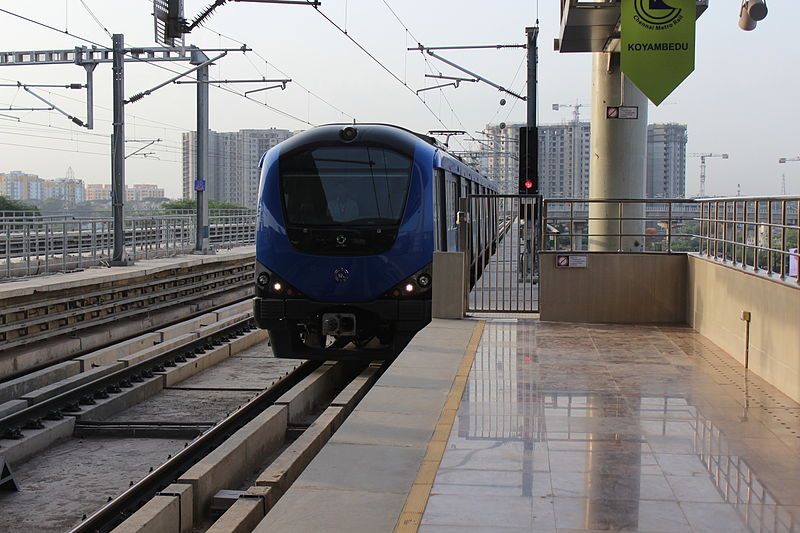
Chennai Metro Rail (CMRL) has received three four-car metro train sets from Alstom’s facility in Sri City in the Indian state of Andhra Pradesh.
The trainsets arrived at the Chennai Metro depot in Koyambedu.
These trains form part of the ten-train order placed by CMRL. They will operate on Phase 1 of the metro extension that connects Washermenpet and Wimco Nagar.
CMRL expects the 9km line to begin operations next year.
The operator approved the trains after they underwent tests for car body dimensions, water tightness, static routine traction and braking ability, as well as other routine inspections.
Officials also inspected various aspects of the train sets, such as car level dimensions, bogie testing, car water tightness and train level static electrical and mechanical testing before the trains were shipped out.
How well do you really know your competitors?
Access the most comprehensive Company Profiles on the market, powered by GlobalData. Save hours of research. Gain competitive edge.

Thank you!
Your download email will arrive shortly
Not ready to buy yet? Download a free sample
We are confident about the unique quality of our Company Profiles. However, we want you to make the most beneficial decision for your business, so we offer a free sample that you can download by submitting the below form
By GlobalDataThe Koyembedu depot and mainline will host both slow speed and high-speed routine tests for the trains before they begin service.
Alstom is currently manufacturing the seven remaining trains and expects to deliver them next year.
In February, the final 10km section of Chennai Metro Rail’s Blue line opened for passenger services.
With the opening of the final extension, all 45km of the Chennai Metro’s Phase I project is now operational.
Last year, CMRL signed an agreement to deploy US-based technology firm Trimble’s Nexala rail asset management solutions. This includes the Trimble R2M real-time remote diagnostics system and the Trimble E2M engineering rail asset management system. This will allow CMRL to access up-to-date fleet status and improving real-time status monitoring and analytics capability.



